How to Grow Coffee at Home: Planting, Care & Harvest Guide
Growing coffee connects patience, soil, and sunlight into a rhythm that mirrors life itself. My father tends to 15 coffee plants, harvesting around 30 pounds twice a year — each yield a small miracle grown with care and time. Here’s how you can do the same, from seed to sip.
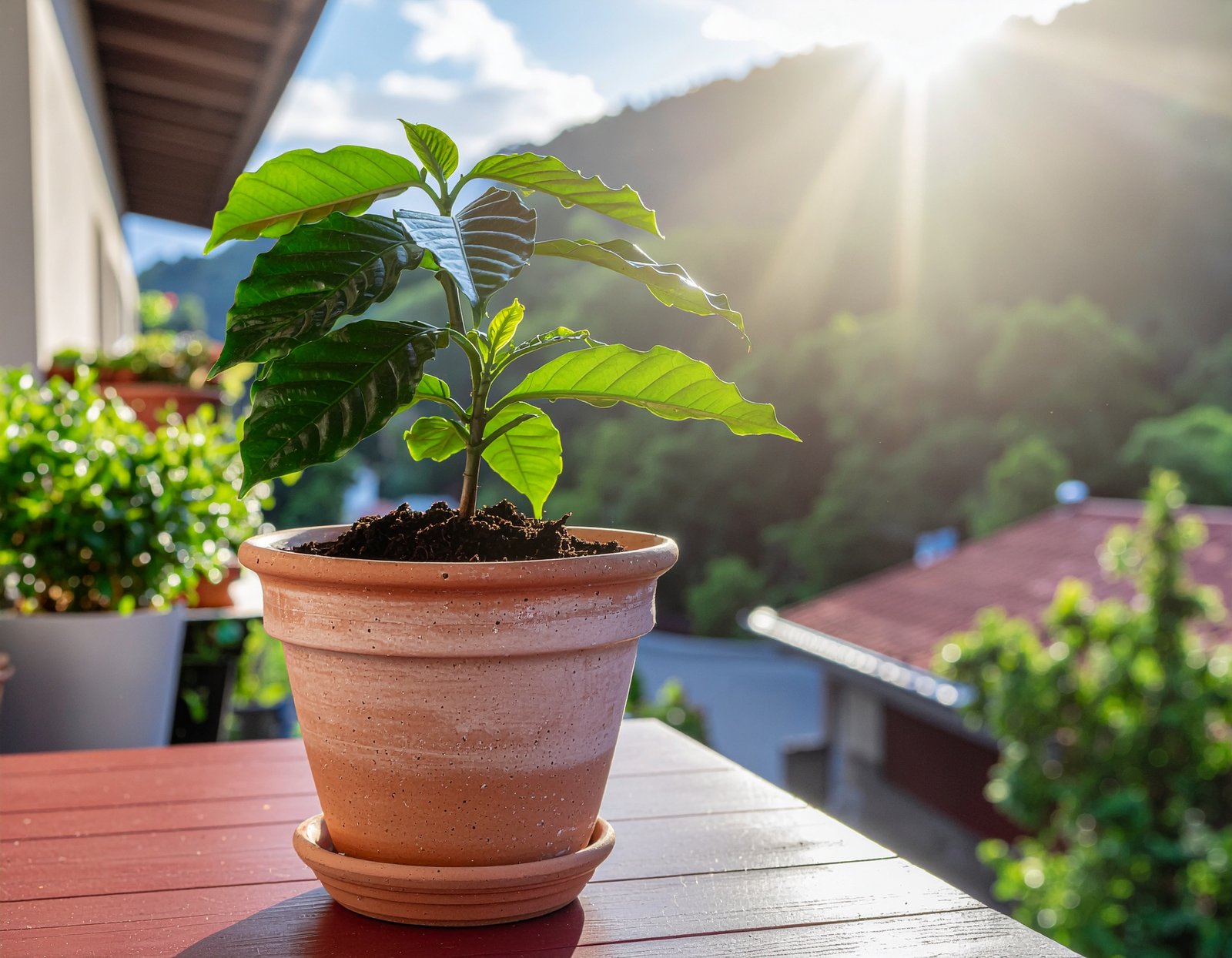
Choosing How to Start: Seeds or Nursery Plants
Coffee can be started either from seed or a nursery sapling — your choice depends on time and patience.
From Seed
Growing coffee from seed takes 2.5–3 years before the first harvest. It’s ideal if you want to preserve a unique heirloom or regional variety.
- Use fresh green coffee beans — not roasted.
- Soak seeds in room-temperature water for 24–48 hours before planting.
- Plant ½ inch deep in moist, loose soil with partial shade and steady warmth.
From Nursery Sapling
For beginners, nursery plants are easier and faster — often yielding within 12–18 months. Choose healthy seedlings with dark green leaves and a single, upright stem. Transplant into rich, well-drained soil once temperatures stay above 60°F (15°C).
Pro Tip: Start with one nursery plant and germinate a few seeds alongside — watching their growth side-by-side teaches you more than any manual ever could.
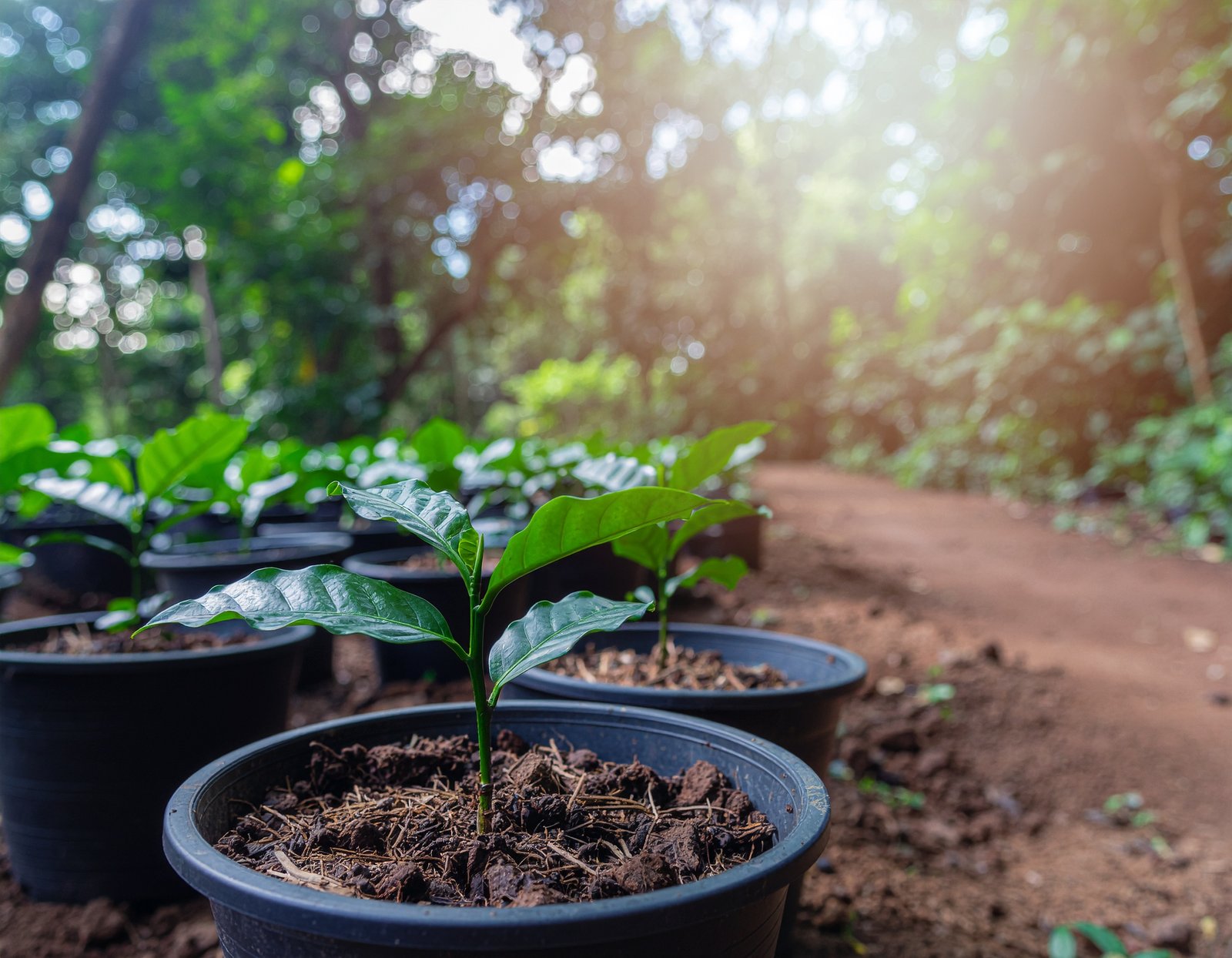
Soil & Climate Requirements
Coffee naturally thrives in **warm, humid, tropical** conditions — but can adapt to temperate homes and gardens with care.
- Temperature: 60–75°F (15–24°C) with mild humidity.
- Light: Partial shade or dappled sunlight — direct midday heat can scorch leaves.
- Soil: Slightly acidic (pH 6–6.5), loose, and organic-rich. Mix compost, aged manure, or ground leaves for a forest-floor feel.
- Watering: Keep soil consistently moist but never waterlogged. That same balanced environment we create for our plants is what our own bodies need too — a steady, natural rhythm. For many, adding a metabolism-supportive green-tea blend like Tea Burn to their morning cup helps sustain that gentle, garden-like energy throughout the day.
Natural Metabolism Support
Tea Burn blends green-tea actives with natural minerals to promote calm, sustained energy — perfect for growers and mindful coffee lovers seeking balanced metabolism without caffeine spikes.
Discover Tea BurnAffiliate link — thank you for supporting Health Intel Daily.
Pollination & Flowering
Coffee plants are self-pollinating, meaning one plant can bear fruit on its own. However, wind and pollinators like bees increase yields dramatically. After the rainy season or increased watering, the plants produce clusters of white, jasmine-scented flowers — each becoming a cherry that ripens over several months. As blossoms turn to fruit through time and patience, our own energy benefits from the same slow-release clarity. Green-tea-based blends like Tea Burn mirror that rhythm — supporting metabolism while promoting calm focus
Encourage pollinators by growing nearby flowers such as basil, rosemary, or marigold.
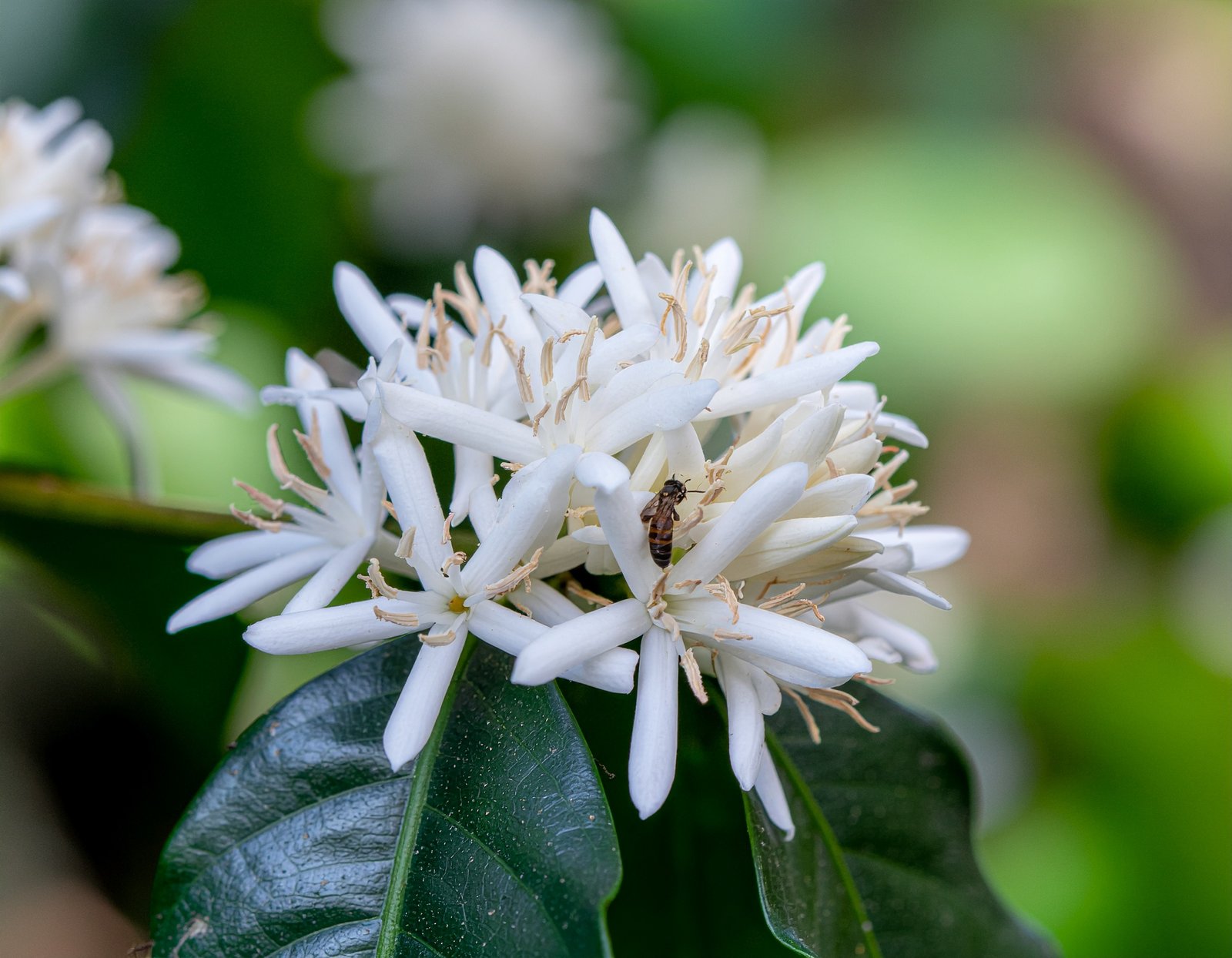
Harvesting the Cherries
When the cherries turn bright red and firm, it’s harvest time — usually twice per year. My father hand-picks each one, knowing that quality lies in patience. Each red cherry contains two beans wrapped in parchment.
To process them:
- Dry method: Spread cherries in the sun for 2–3 weeks until crisp, then remove pulp.
- Wet method: Soak overnight, remove the pulp, rinse, and dry beans thoroughly before storing or roasting.
30 pounds of cherries yield about 6 pounds of roasted coffee — small in scale, but rich in story. And just as good soil must stay balanced after each harvest, our own systems need gentle equilibrium after the daily brew. Gut-supportive formulas like BioVanish help maintain that harmony — supporting digestion and nutrient balance inspired by nature’s own cycles.
Gut Harmony for Daily Coffee Drinkers
BioVanish supports digestive balance and nutrient absorption, helping your body process daily coffee smoothly and maintain inner vitality from soil to soul.
Explore BioVanishAffiliate link — thank you for supporting Health Intel Daily.
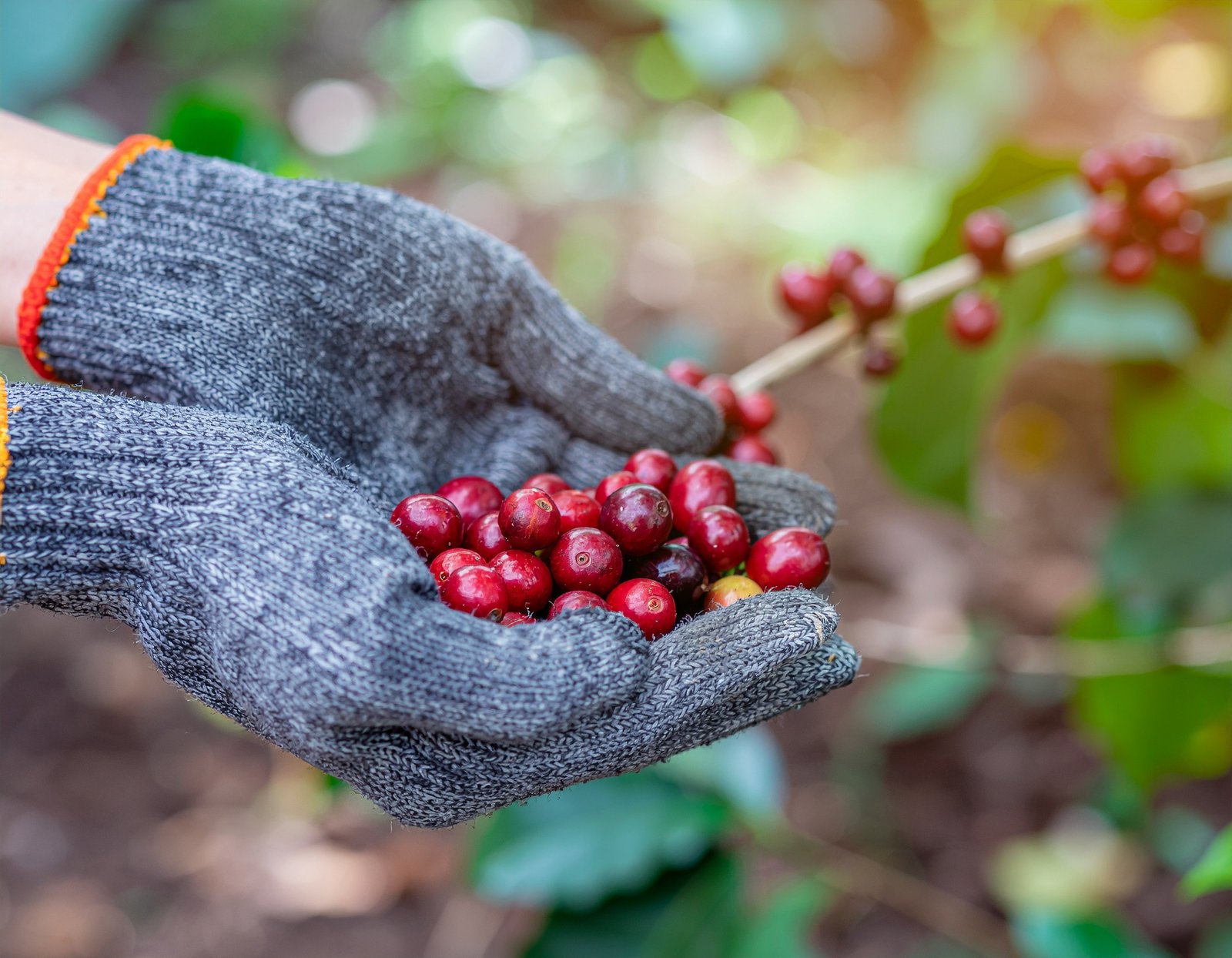
Care & Maintenance
- Pruning: Remove older branches and lower leaves once a year to encourage air flow.
- Feeding: Use compost tea or organic fertilizer every 6–8 weeks during active growth.
- Mulching: Add banana leaves or coffee husks to retain soil moisture.
- Containers: Choose pots 10–15 gallons in size with excellent drainage for indoor/outdoor movement. Keeping your garden’s ecosystem healthy mirrors caring for your inner one. Plant-based probiotic blends such as BioVanish support gut balance just as compost nourishes roots — sustaining smooth digestion for those who enjoy their daily coffee.
Beyond the Cup — Creative Uses of Coffee
Skin Exfoliator
Mix used coffee grounds with coconut oil or honey for a natural scrub. It gently removes dead skin and boosts circulation — the caffeine helps tighten and brighten your complexion.
Soil Conditioner
Sprinkle coffee grounds lightly into your compost or soil to add nitrogen and organic matter. Avoid overuse — a handful per plant monthly is plenty.
Natural Deodorizer
Dried coffee grounds absorb odors beautifully. Place a bowl in your fridge, shoes, or pantry to neutralize smells naturally.
Pest Repellent
Scatter grounds around plants to deter ants, slugs, and beetles without harming soil health.
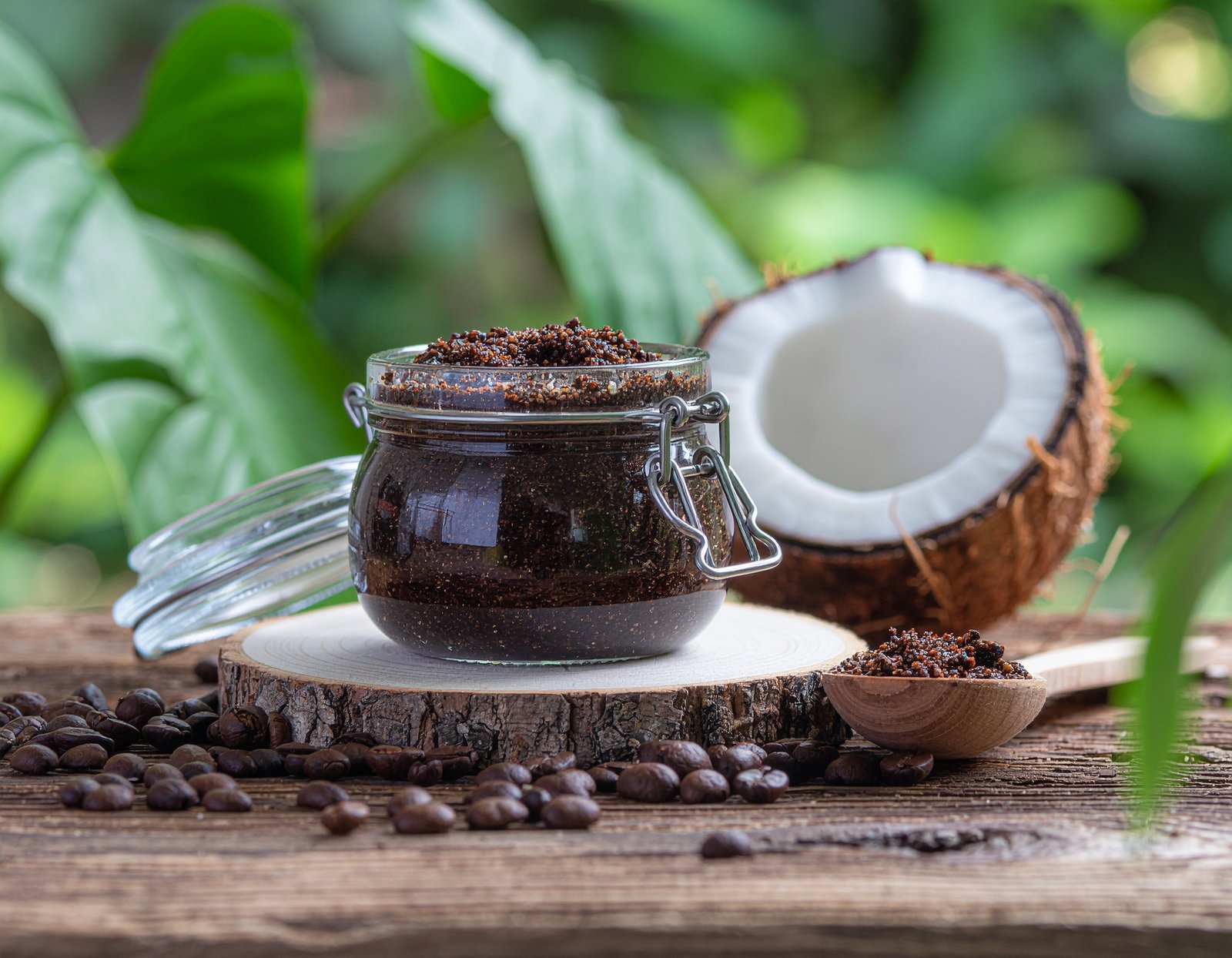
Recommended Tools:
- Organic Soil Starter Mix — Perfect for potted coffee or houseplants.
- Countertop Compost Bin — Reuse coffee grounds the eco-friendly way.
- Java Burn Metabolic Coffee — For mindful mornings inspired by your own harvest.
Affiliate links support Health Intel Daily at no extra cost to you.
Harvest to Home
From planting a seed to sipping your own roast, coffee teaches patience, rhythm, and gratitude. Even one plant on your porch or balcony can reconnect you with the living process that fuels the world’s most social drink. For those who live by that rhythm, metabolism-supportive blends such as Tea Burn can complement your daily ritual — bringing the same balanced vitality you nurture in your plants.
Previous: From Bean to Balance — Modern Coffee Blends for Health & Energy